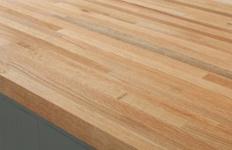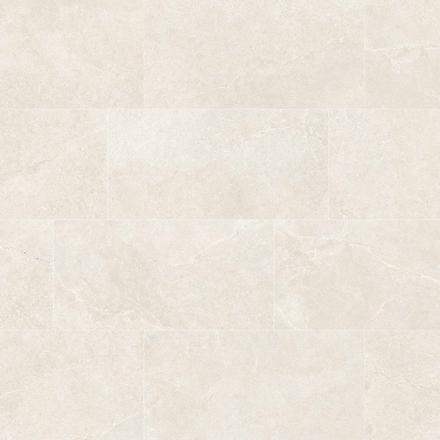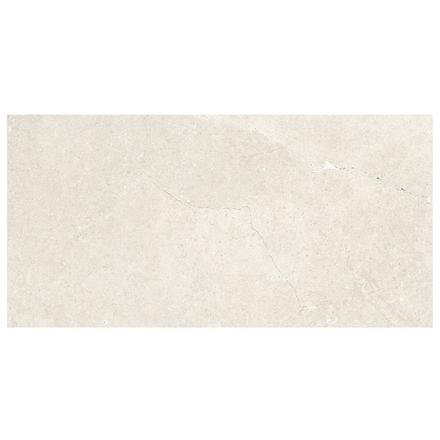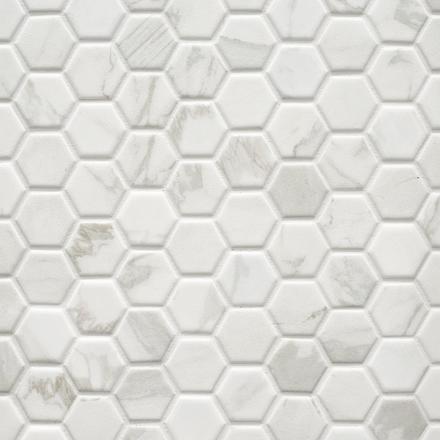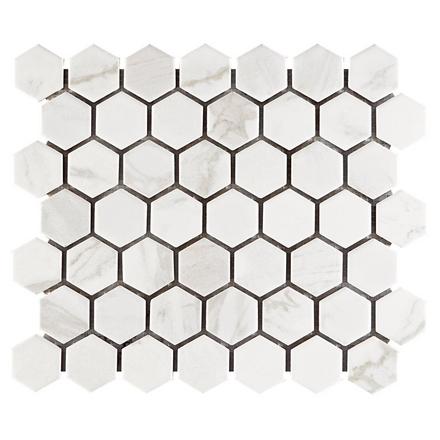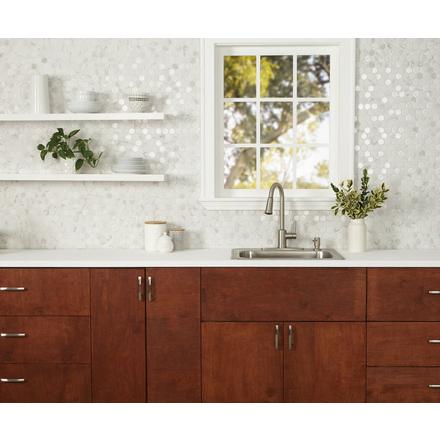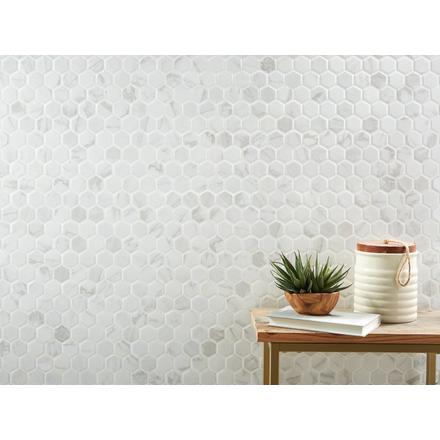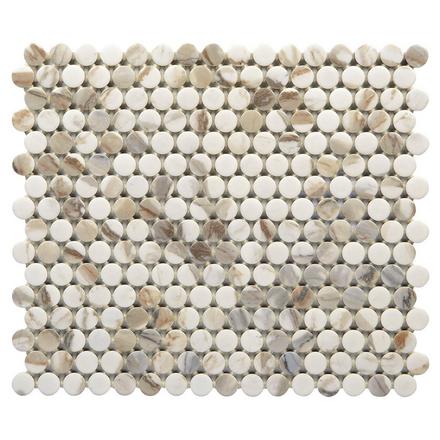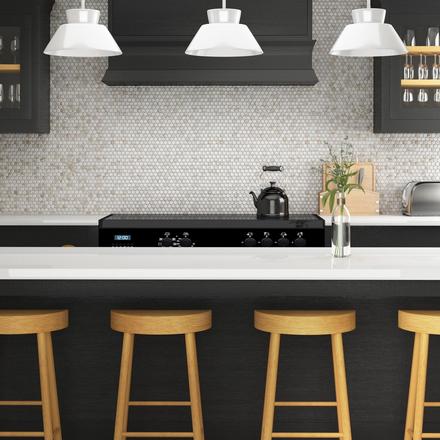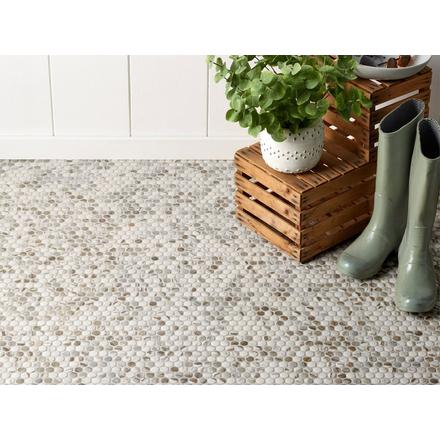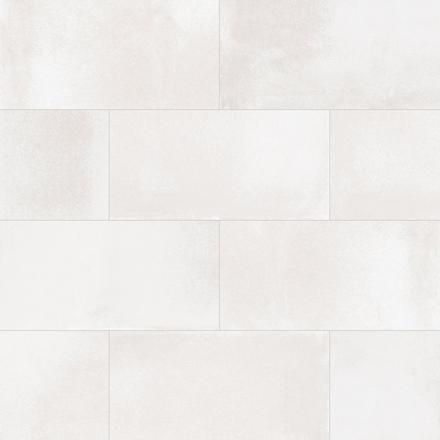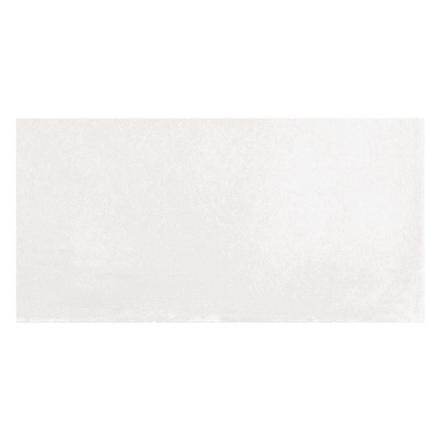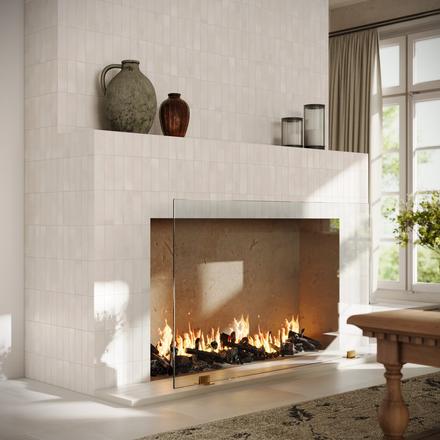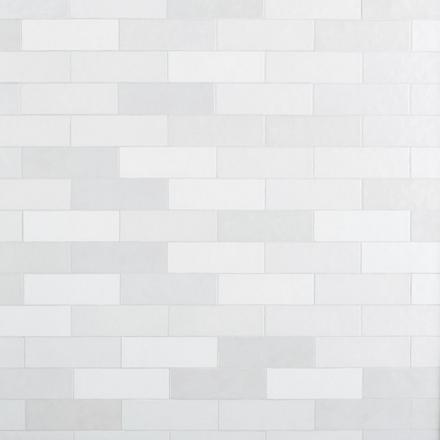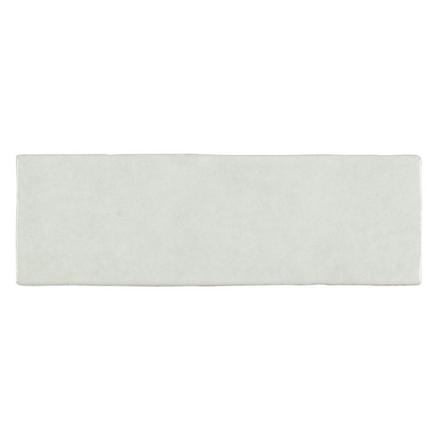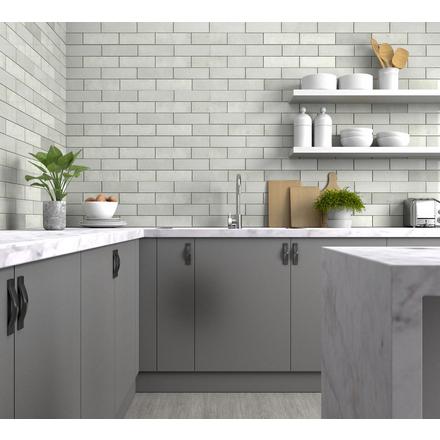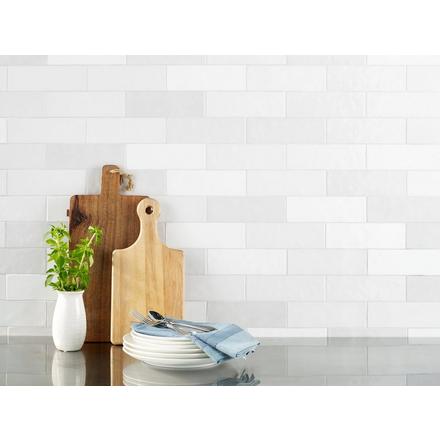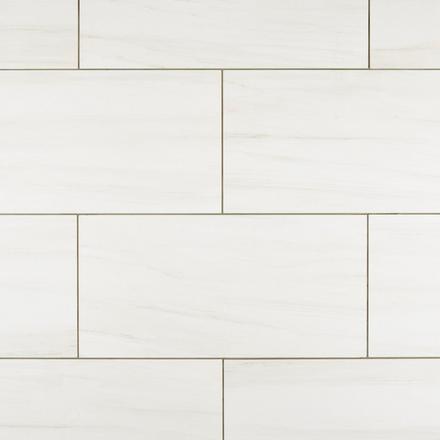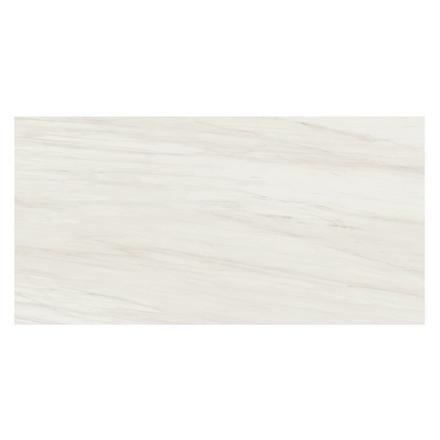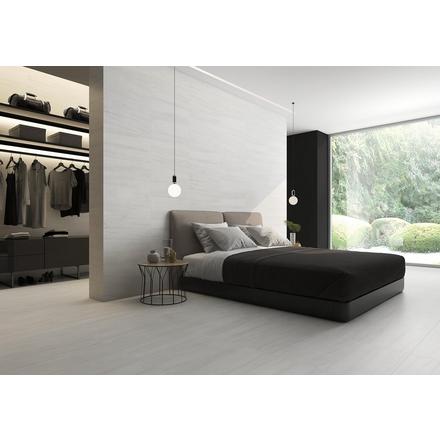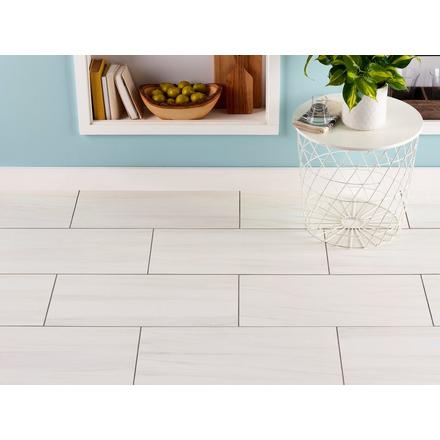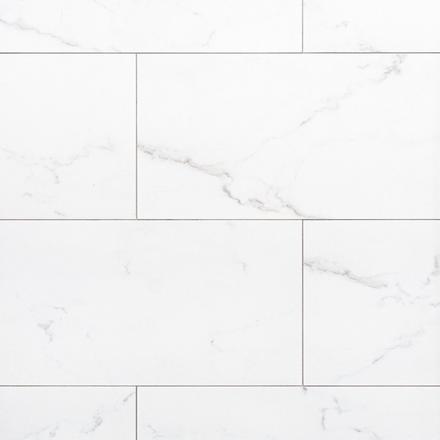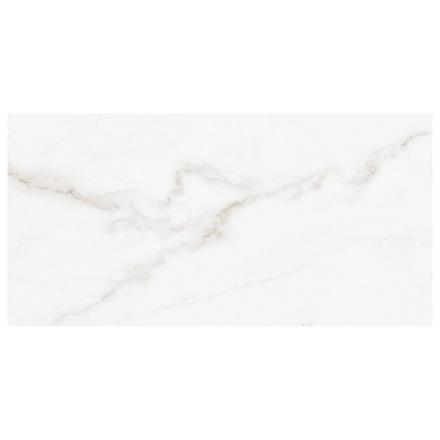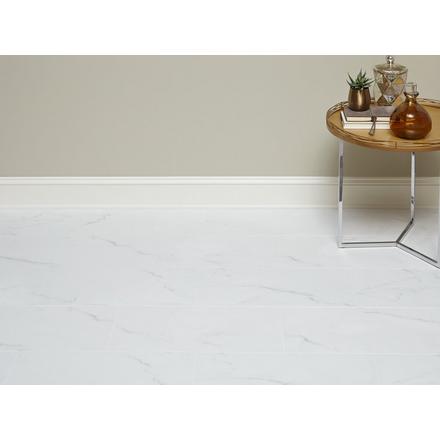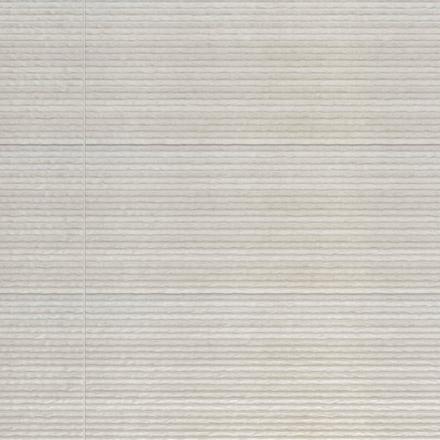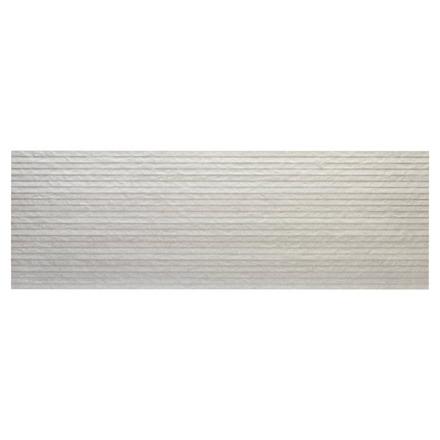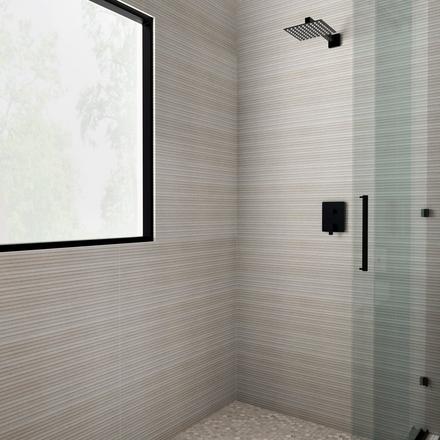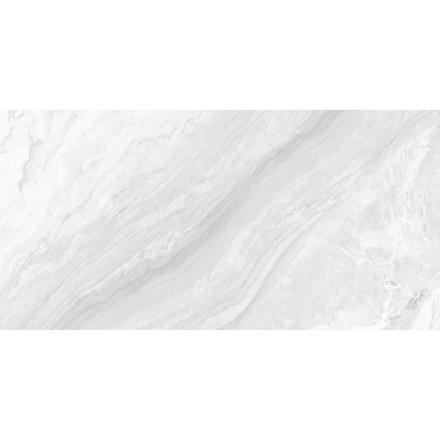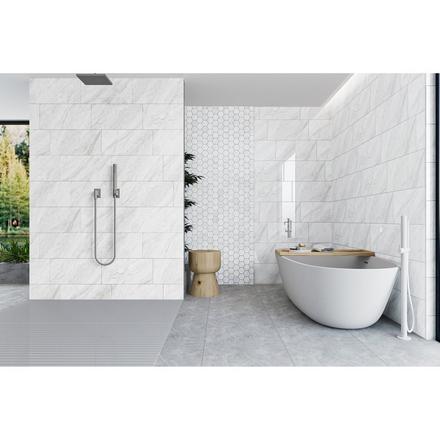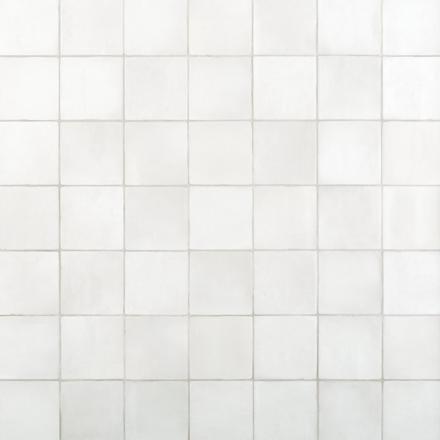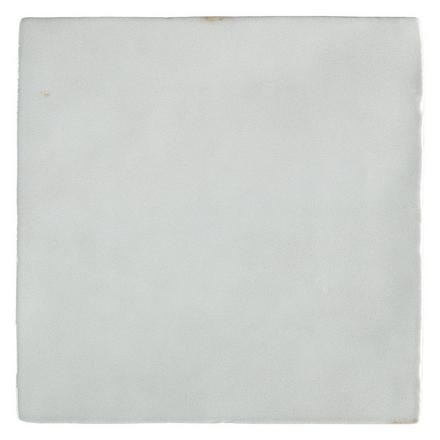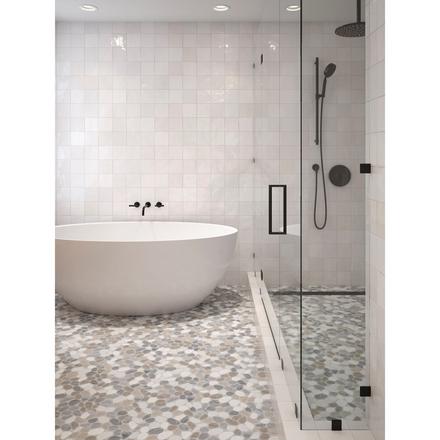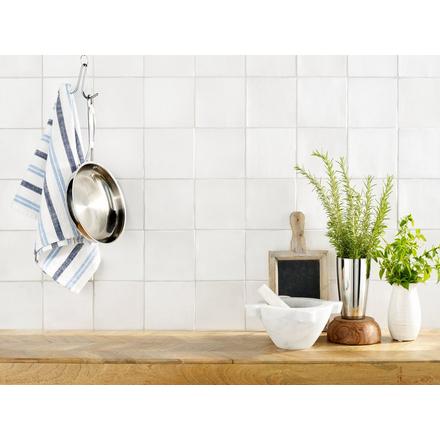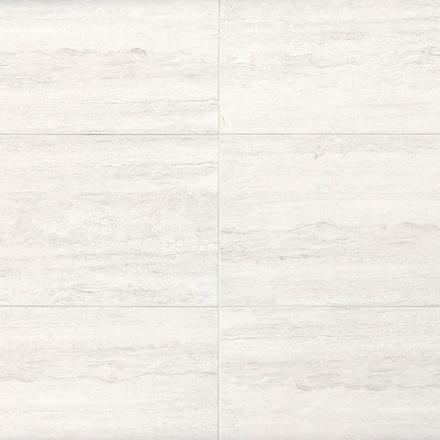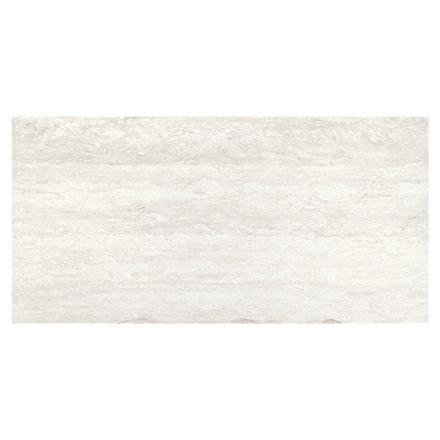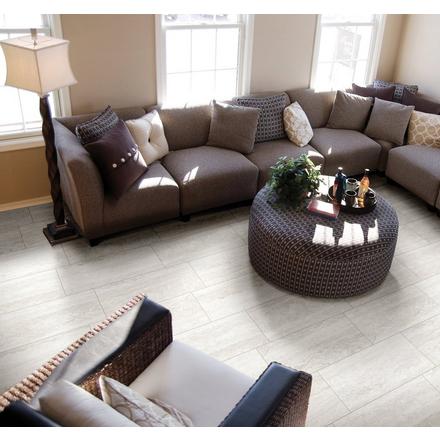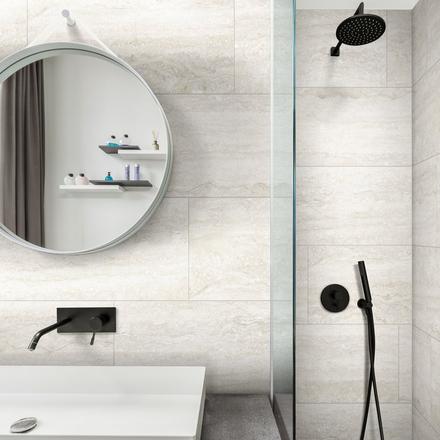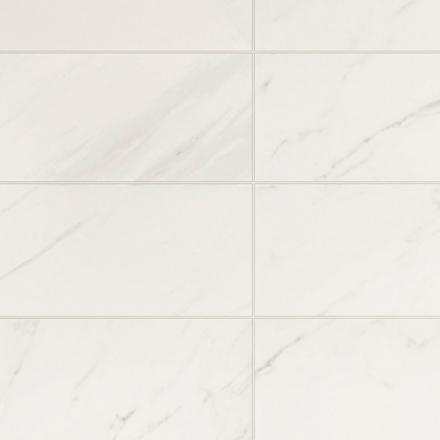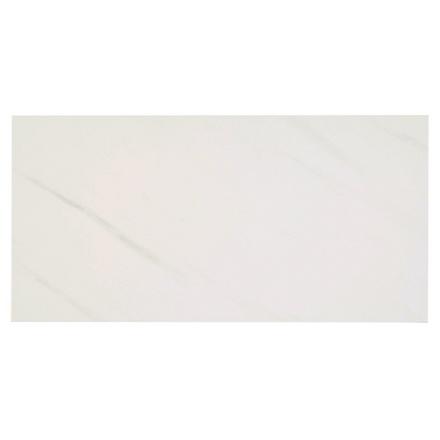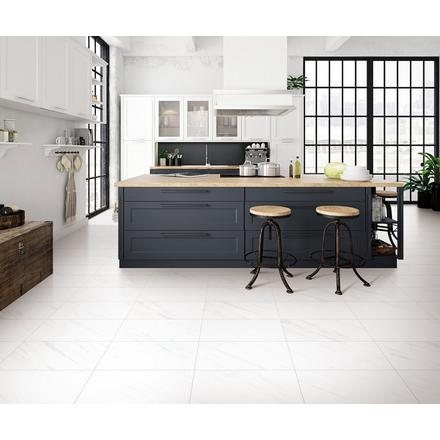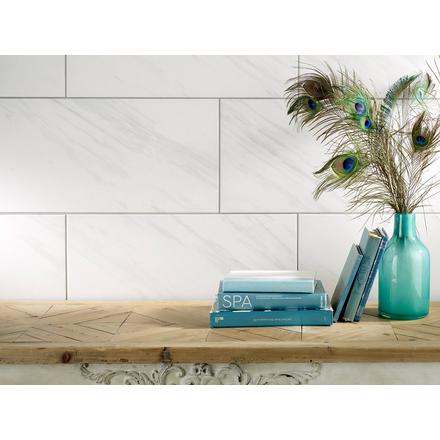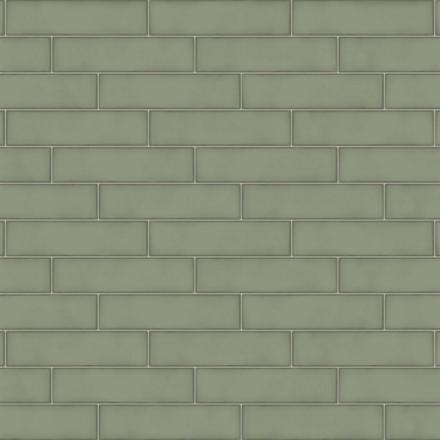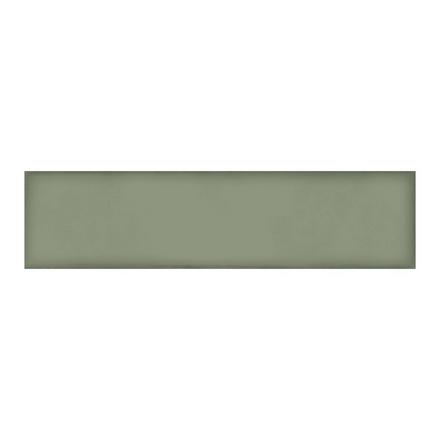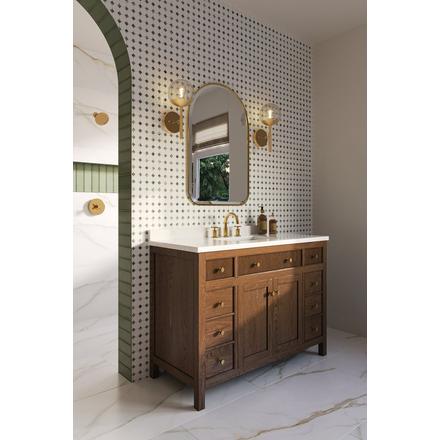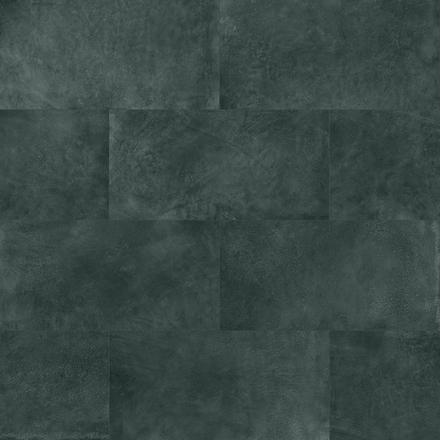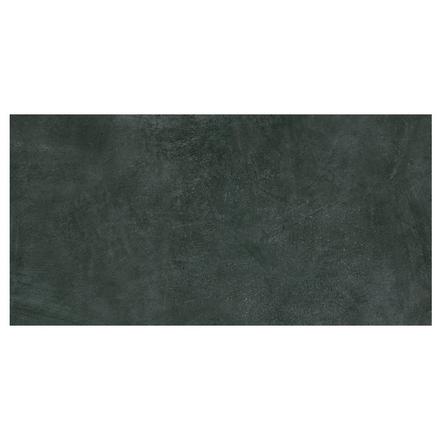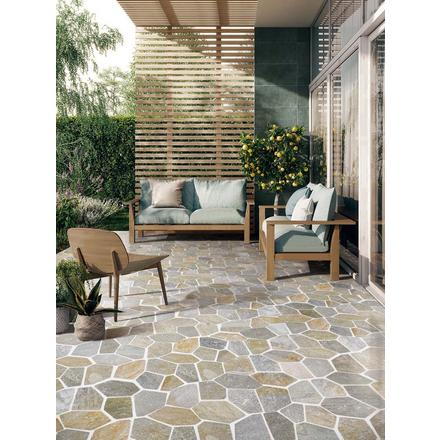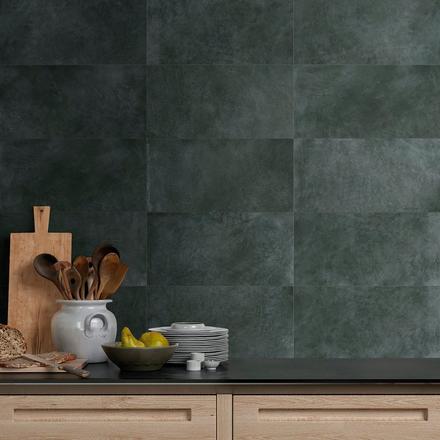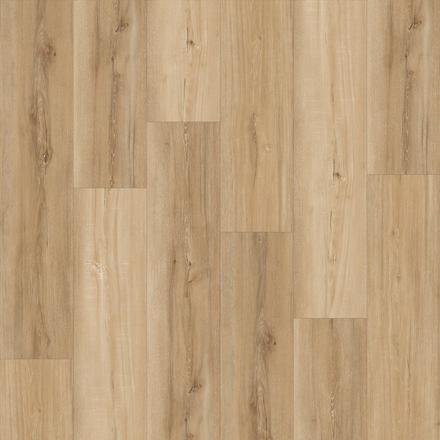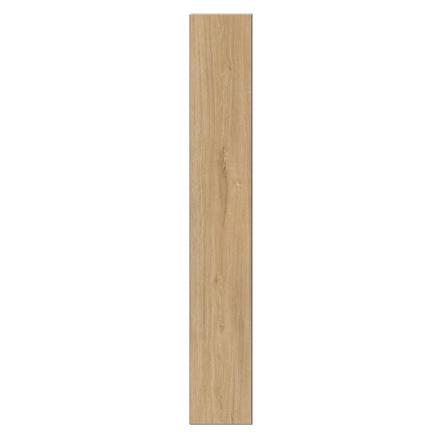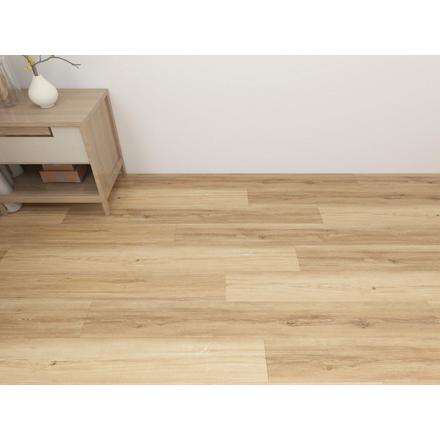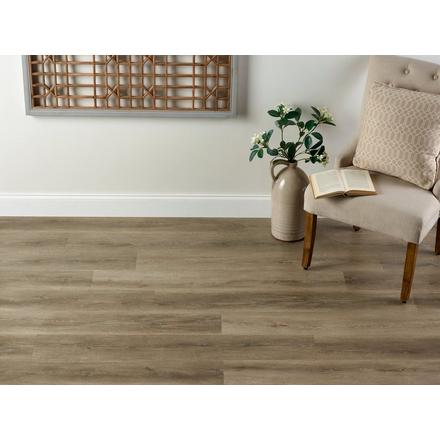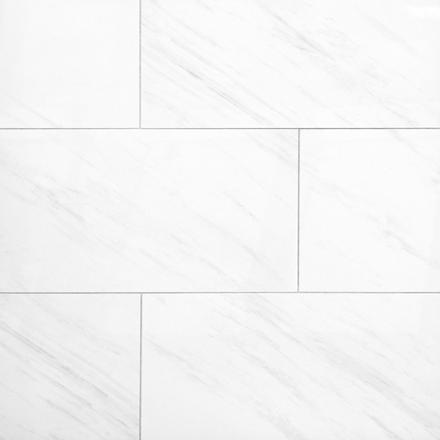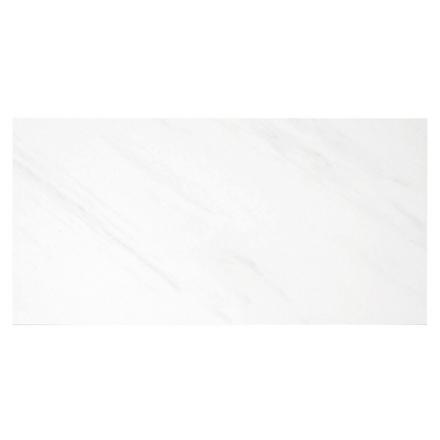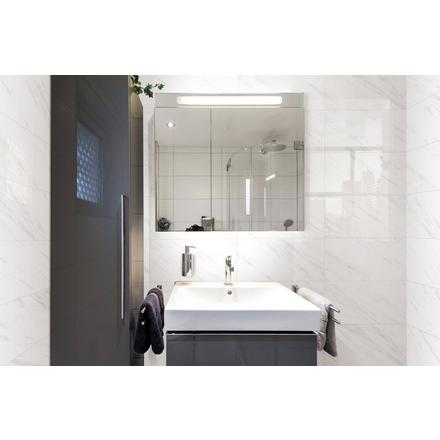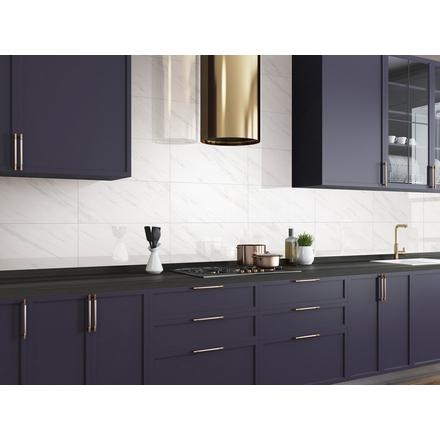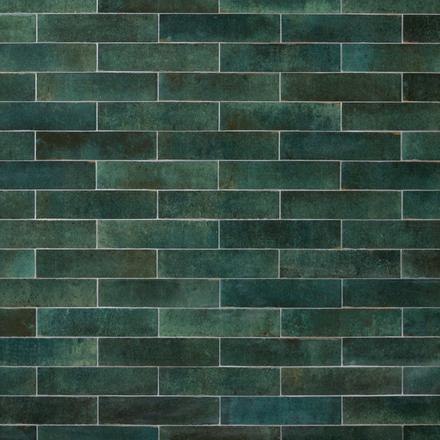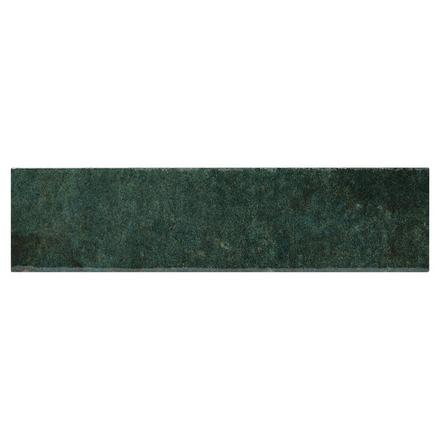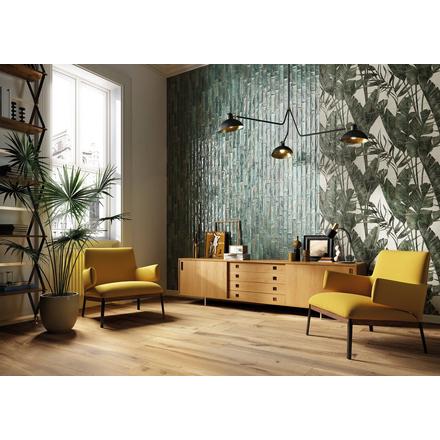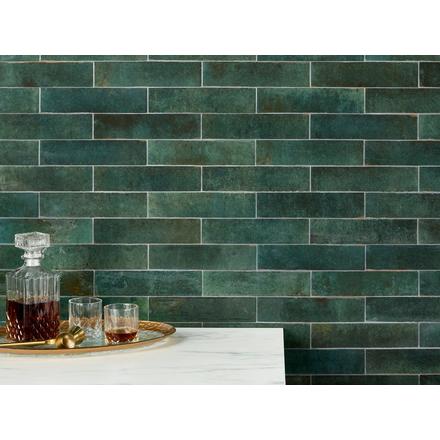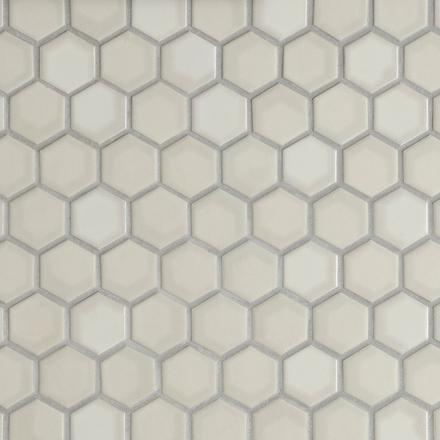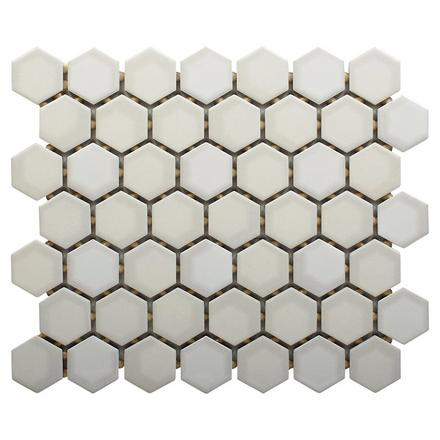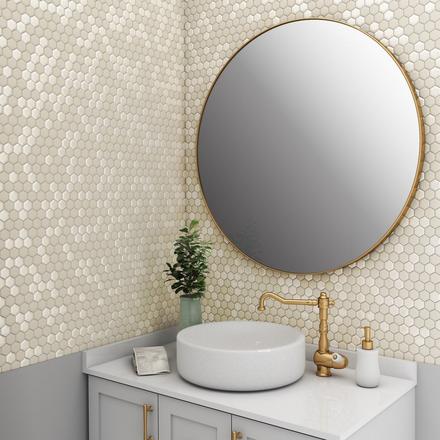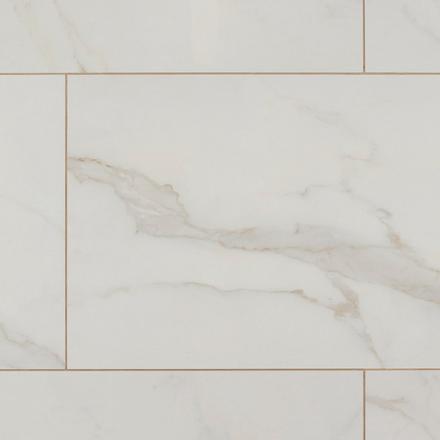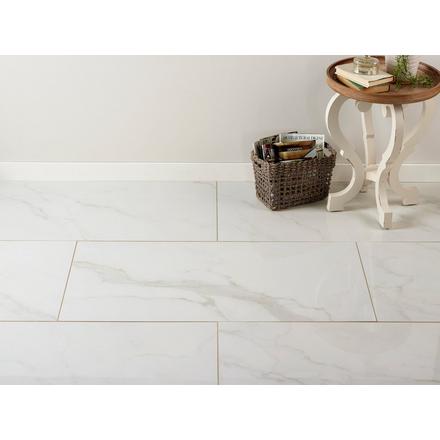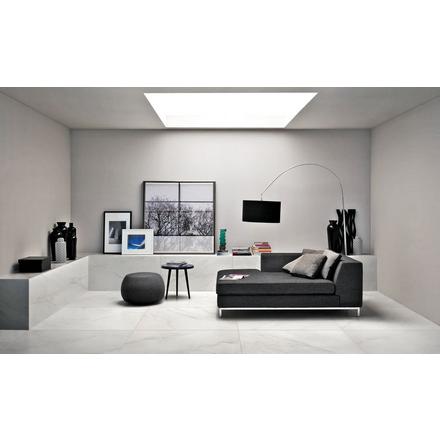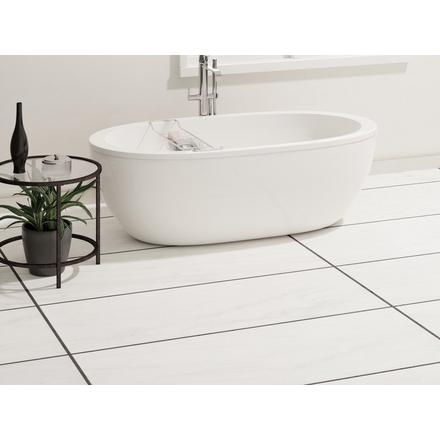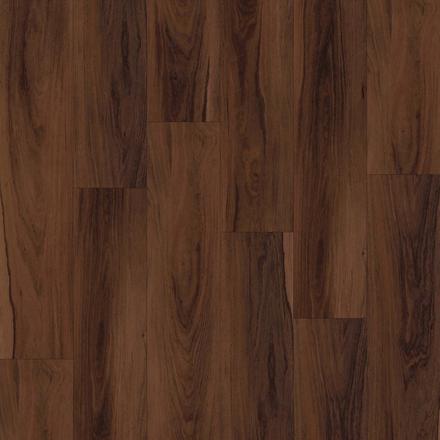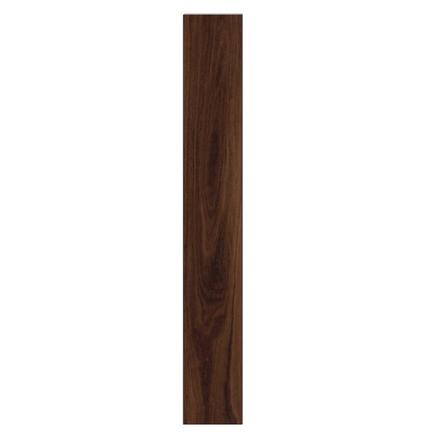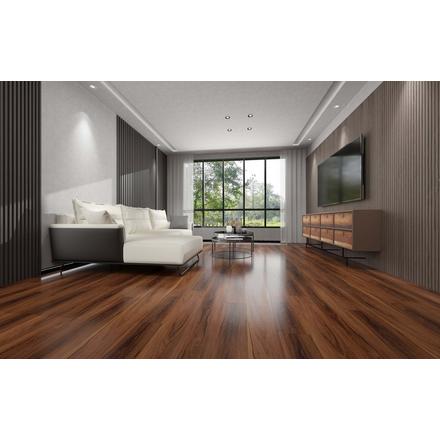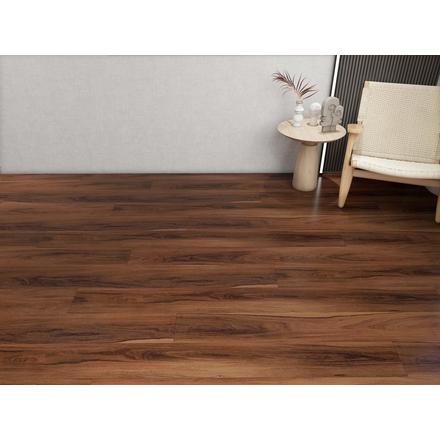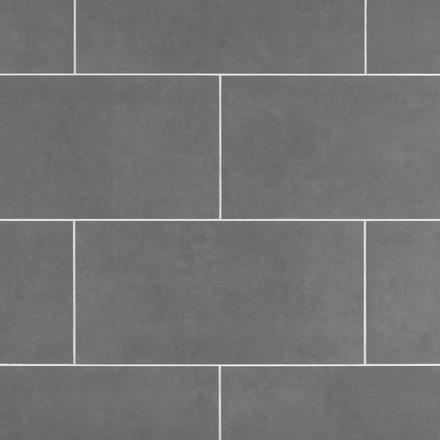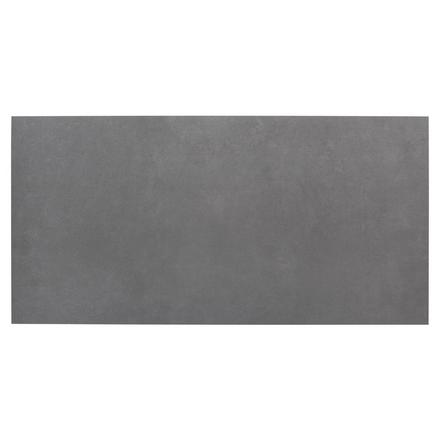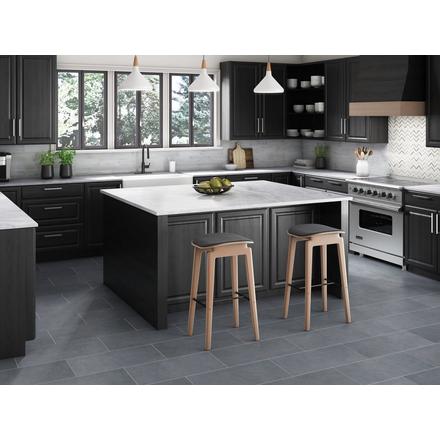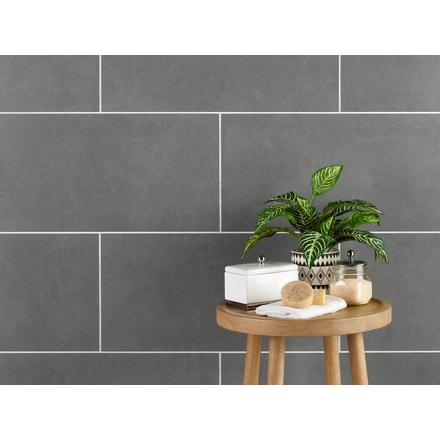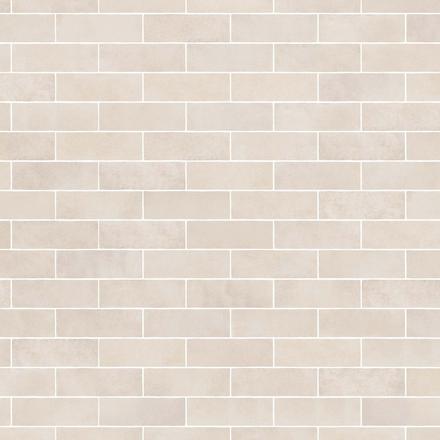
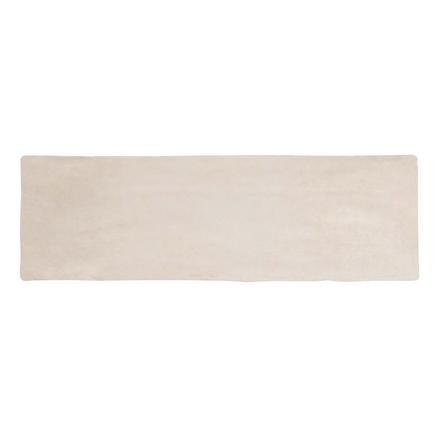
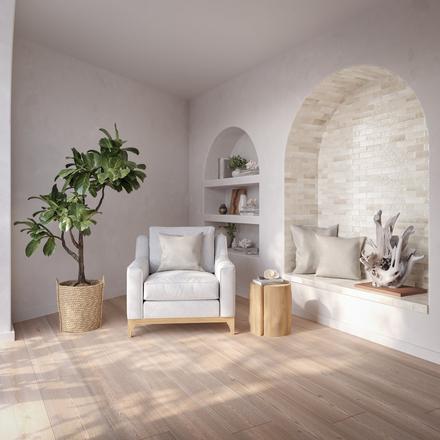
Kitchen flooring tiles are designed to withstand the unique demands of a busy kitchen environment. Ideal for installation on floors, these tiles provide a durable, water-resistant surface that is easy to clean and maintain. They can be used throughout the kitchen space, including underneath cabinets, around islands, and in high-traffic areas. Proper installation is key—tiles should be laid on a leveled surface with suitable grout and sealant to enhance longevity and prevent moisture infiltration.
Current trends in kitchen flooring tile emphasize natural textures and neutral tones, with a strong focus on wood-look ceramic and porcelain tiles as well as stone-inspired designs. Homeowners are leaning toward larger-format tiles for a seamless, spacious feel, often choosing matte finishes that offer both style and slip resistance. Earthy hues like greys, beiges, and muted blues remain popular, complementing a range of kitchen styles from modern farmhouse to minimalist urban.
Tiles similar to kitchen flooring that align with these trends include backsplash tile, accent wall tile, floor tile, and wall tile. For example, coordinating backsplash tiles in complementary colors and patterns can create a cohesive look, while accent wall tiles provide a striking focal point. Selecting floor and wall tiles from the same collection ensures consistency in texture and color palette, elevating overall kitchen design.
At Floor & Decor, we offer unbeatable prices on a wide selection of kitchen flooring tiles without compromising on quality. Our competitive pricing means you can find premium tile options to fit any budget, whether you're updating a small kitchen or outfitting a larger space. Frequent promotions and a vast inventory guarantee that you’ll have access to the latest styles and finishes at the best value.
Durability is a hallmark of kitchen flooring tile. Made from tough materials like porcelain and ceramic, these tiles resist scratches, stains, and moisture, making them ideal for areas prone to spills and heavy foot traffic. Many tiles also feature enhanced wear layers and are rated for residential and commercial use. With proper care, your kitchen flooring tile will maintain its beauty and functionality for years to come.
The best kitchen flooring combines durability, water resistance, and style. Porcelain tile is a top choice thanks to its toughness and resistance to spills. Vinyl plank is another excellent option that’s softer underfoot and easier to install. Engineered hardwood provides warmth and a natural look but may require more maintenance. Consider daily wear, moisture levels, and your preferred design when selecting flooring.
Popular choices for kitchen floors include tile, vinyl plank, and sealed hardwood. Tile is durable and easy to clean, vinyl offers comfort and water resistance, and hardwood adds warmth and value to the home. Your decision should balance practicality, comfort, and aesthetics, taking into account how much foot traffic and moisture the floor will handle daily.
Sheet vinyl and laminate are some of the most budget-friendly kitchen flooring options available. Both materials offer a wide variety of colors and patterns, some of which can replicate the look of wood or stone. While less durable than tile or engineered hardwood, they are easy to install and maintain, making them a cost-effective choice for quick kitchen upgrades.
Vinyl plank is generally a better fit for kitchens because it is more resistant to moisture and spills. Unlike laminate, which has a fiberboard core that can swell if water seeps in, vinyl is fully waterproof and easier to clean. It's also softer and quieter underfoot. While laminate may offer a similar look, vinyl plank provides better long-term performance in wet or high-use areas.
For most kitchen flooring types, regular sweeping and mopping with a gentle, pH-neutral cleaner is recommended. Avoid harsh chemicals or abrasive tools that can damage finishes. Promptly wipe up spills to prevent staining or warping, especially on wood or laminate floors. Using mats near sinks or entryways can help reduce wear and trap dirt before it reaches the surface.
